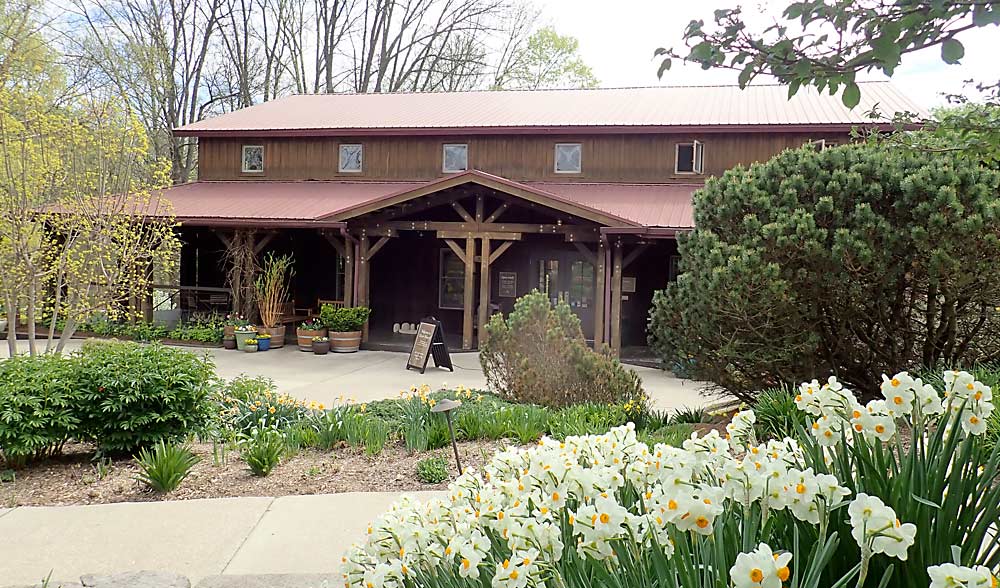
Part of growing great wines also means making change when something’s not working.
For Indiana’s Oliver Winery — one of the largest in the country, outside the West Coast, with some 750,000 in total case sales — that meant recently removing almost half their estate acreage planted in varieties that weren’t thriving in their climate.
“Pushing the boundaries is something that Oliver has done very, very well. We sure gave it a good try, but eventually we just had to throw in the towel and say it’s not worth all of the labor and all the effort for what we’re getting out of it,” said Rob Warren, director of winemaking. “Inconsistent yields, poor yields and some super-bad winters were the real driving factors, and just the reality that we were trying to do something here that was working against Mother Nature.”
All told, over the past four years, they pulled out about 30 acres of vinifera and some hybrid varieties that just weren’t working out at Oliver’s Creekbend Vineyard in Bloomington, Indiana.
At present, the winery makes eight estate wines with fruits grown at Oliver’s Creekbend Vineyard and approximately 30 additional wines using grapes from outside the state, he said.
“There are no real commercial vineyards in Indiana that would be able to supply us with any kind of volume of grapes, so we do rely on Michigan pretty heavily, and then on Washington and California as well, to make up the rest of our volume needs,” Warren said.
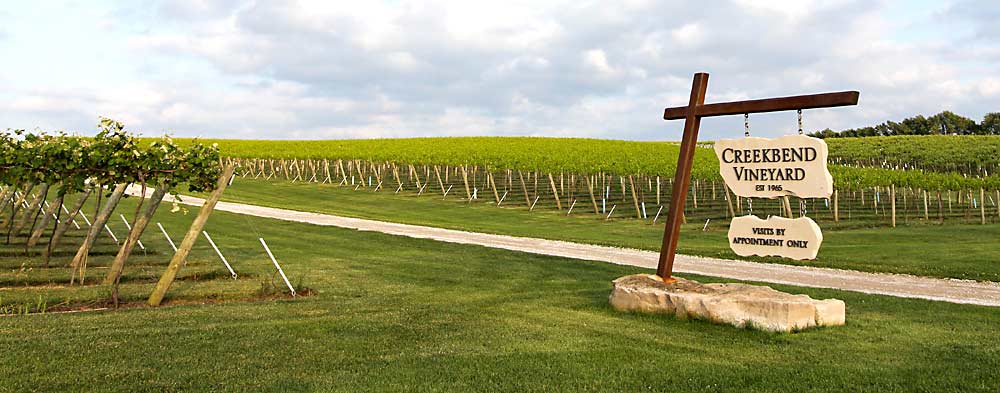
Indiana viticulture
Indiana is home to some 600 acres of vineyards and more than 120 wineries, according to Miranda Purcell, viticulture extension specialist at Purdue University. She credits the buy-local movement and increased interest in agritourism as major reasons viticulture is doing well in the state.
“We’ve got some people in the industry who are very enthusiastic about Indiana wines and Indiana grapes, and I think they’re the reason the industry will grow,” she said.
Oliver’s home in Indiana stems from its founder, Bill Oliver, who was a law professor at Indiana University Bloomington. He started growing grapes and making wine as a hobby, and he decided to turn it into a business in 1972.
“It is a little odd when you tell somebody you’re in southern Indiana. It’s not typically a place thought of for viticulture and enology,” said Wade Hambright, the winery’s vineyard manager.
The Hoosier State may not seem like an ideal place to grow grapes, and often it’s not.
“On the pro side, we have a really long growing season with lots of growing degree-days, so that helps us be able to ripen fruit and develop a canopy properly,” Hambright said. “But (because) we have no big body of water really close by to maintain our temperatures or weather, sometimes we get those big temperature swings like we did last winter where it goes from 40 degrees down to zero degrees.”
Keeping a watchful eye, planning as well as possible and adjusting quickly go a long way toward ensuring a healthy and productive vineyard in the Midwest, Warren said.
“Here in Indiana — and on the East Coast, as well — there’s such intense disease and insect pressure that you’ve got to be out there daily,” he said.
All of Oliver’s vineyard staff get the kind of comprehensive training they need to spot anything out of the ordinary. That includes noticing early signs of disease pressure and recognizing new invasive species, such as spotted lanternfly, that may come into the area.
Purcell pointed out another major issue for Indiana vineyards: their frequent proximity to corn and soybean farms, which spray herbicides 2,4-D and dicamba.
“Grapevines are extremely sensitive, so almost every vineyard is dealing with a little bit of pressure from their neighbors,” she said. “We have to really encourage communication so people spraying farms are aware that there is a sensitive specialty crop growing nearby and (recognize the need) to be extremely compliant with application of herbicides because they can potentially drift onto the vineyard.”
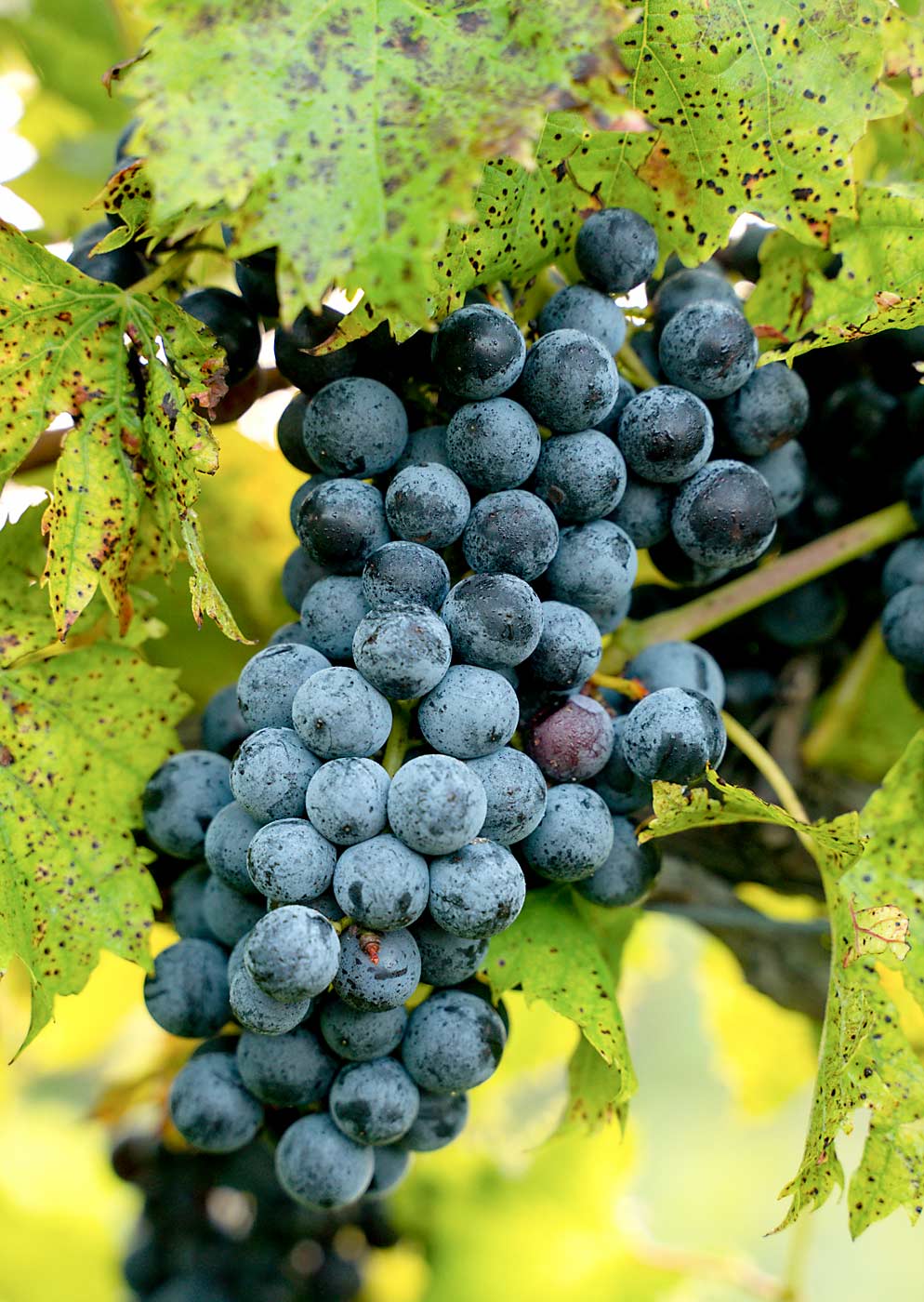
Varieties that can handle it
To survive Indiana’s climate, Purcell almost exclusively recommends European-native grape hybrids that not only are cold-hardy for winter chills but also have later bloom times as protection against late spring frosts.
Five varieties that have had particularly good track records in Indiana are: Brianna, a white grape developed by breeder Elmer Swenson; Petite Pearl, a red developed by breeder Tom Plocher; and Frontenac, Frontenac Gris and Frontenac Blanc out of the University of Minnesota, she said. Purcell also has high hopes for a few new varieties, particularly Aravelle, a 2023 white wine grape release from Cornell University’s breeding program.
At Oliver’s Creekbend Vineyard, the remaining vines are Catawba, Chambourcin, Vignoles and Vidal, which perform well and make good wines, Warren said. The small number of varieties means more limited options for blending, but Warren said he has embraced the challenge, which includes barrel-fermenting Vignoles and Vidal, as well as making sparkling wines.
For now, the vacated Creekbend acreage is planted in native wildflowers to rebuild the soil structure so it will be ready for new vines when the time comes, Warren said. The decision on if and when to replant will likely include input from East Coast equity group NexPhase Capital, which purchased Oliver Winery in 2021. “They’ve been great partners,” Warren said. “They’re not involved in the operations side of things; they’re involved in strategy and that type of thing. They’re here to help us and not tell us what to do.”
The board of directors includes Bill Oliver, the winery founder’s son, and Julie Adams, the winery’s chief executive officer and prior winery president before NexPhase came on board.
In the meantime, Warren and Hambright are always thinking about potential new varietals, in terms of suitability both to the growing site and to their consumers. Although Oliver wines are now available in more than three dozen states, the primary customer base remains a local one, Warren said.
“The vast majority of the sale of our wines is directly through our retail (the Bloomington tasting room), so we really are marketing to the Midwestern palate,” he said. “We don’t look at the rest of the world and ask how we compete or where we fit in, because we’ve got our niche where we are, and that has served us very well over the years.”
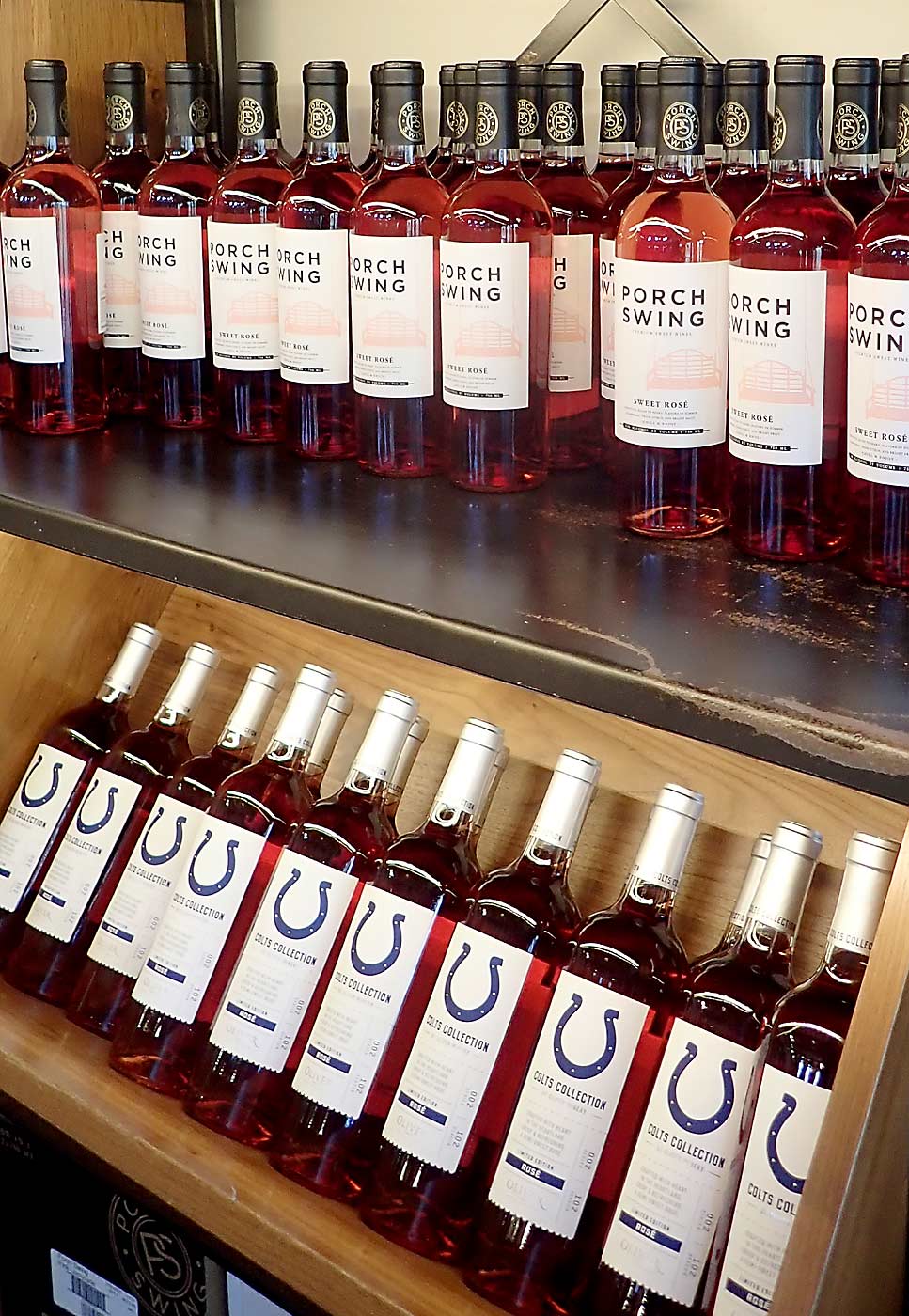
—by Leslie Mertz

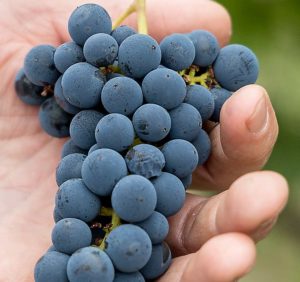
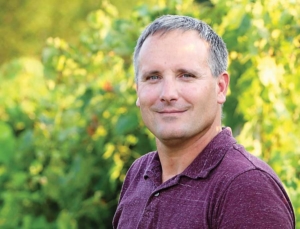
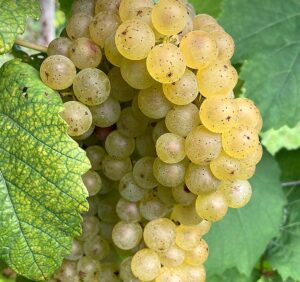





Leave A Comment